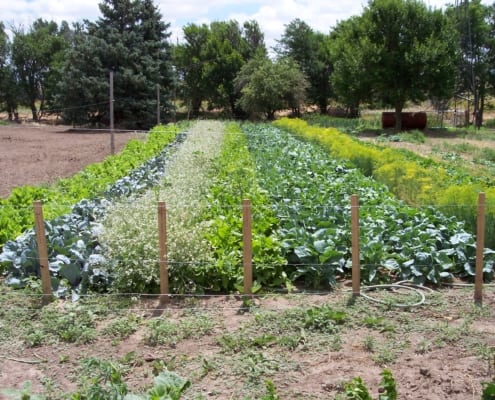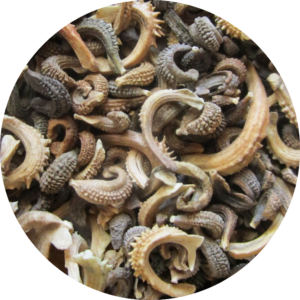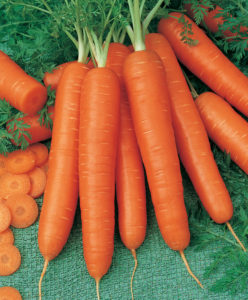Tips for Weeding
by Sandy Swegel
That’s the question I hear most often in Spring.
The question comes most often from my friends who are very smart and successful in busy lives. Their garden is one aspect of their beautiful complicated lives but it’s always a challenge because it’s not easy to make nature conform to what you want with one big weekend cleanup.
So there was an animated discussion about the best digging tools and homemade vinegar solutions. Everyone wants to protect the earth and the bees but frankly feel they have failed when the same weeds overwhelm their garden every season. You know the weeds I mean, the ones that have grown very tall when you walk into your yard in late June and see that they just went to seed, making thousands of new baby weeds.
At some point, someone asks me what my tool is as a professional gardener. My friends never find my answers very entertaining, so they usually return to a discussion of their latest internet surefire natural weed killer. Nevertheless, here is my answer from years of experience of dealing with weeds.
The best tool is diligence. Weeds have a strong will to live and procreate. You have to be vigilant for them and keep after them.
After setting a firm determination about what weeds are permissible and which aren’t, then here are some techniques.
Get them when they are little.
Right now in your gardens, there are thousands of tiny weed seedlings you could control with one stroke of your hand hoe. Off with their heads: tiny seedlings don’t survive if they loose their leaves. Learn what young weeds look like. Bindweed babies are cute little heart shapes.
Learn to love them.
Dandelions are the best example of a “weed” you can learn to love. In moderation of course.
They are very cute…children love them. They are one of the first foods of hungry bees each Spring. You will have more time and less frustration in your garden if you don’t have to eradicate all the dandelions.
If you do decide to get rid of perennial weeds…be smart and determined. Don’t just hack it up in frustration every Spring and let it grow and strengthen the rest of the year. You can’t get nasty perennials all at once….but you can wear it down and weaken it. I have a sharp hori-hori knife and dig out at least four inches of root. If the weed reappears, I recognize it and dig a little deeper the next time. Soon it will exhaust itself and give up.
Finally, have a cup of tea.
Or at least get the electric kettle out. Boiling water or hotter steam does an excellent job in rocks and walkways, especially when weeds are young. And it is very satisfying.
Photocredits
https://weedecology.css.cornell.edu/weed/weed.php?id=6
http://www.blikk.hu/eletmod/tippek/elleptek-a-kertjet-a-gazok-igy-szabadulhat-meg-toluk/f38r539








